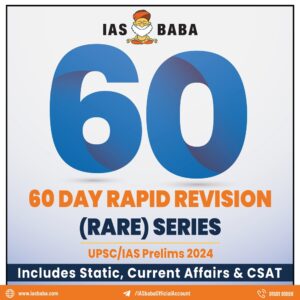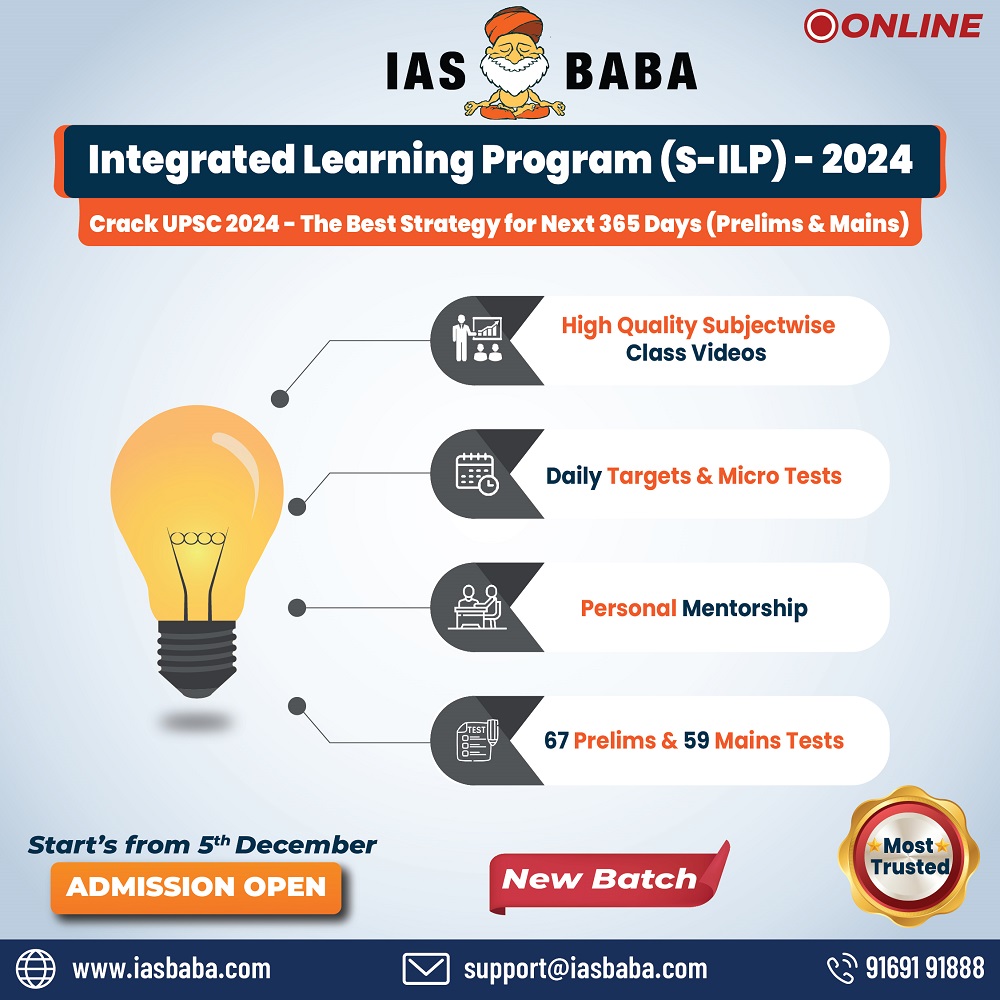TLP Public Administration Optional
For Previous PUBLIC ADMINISTRATION (ARCHIVES) – CLICK HERE
Topics
- Public Sector Undertakings:
Public sector in modern India; Forms of Public Sector Undertakings;
Problems of autonomy, accountability and control;
Impact of liberalization and privatization
2. Plans and Priorities:
Machinery of planning;
Role, Composition and functions of the Planning Commission and the National Development Council; ‘Indicative’ planning;
Process of plan formulation at Union and State levels;
Constitutional Amendments (1992) and decentralized planning for economic development and social justice.
1. The 14th Finance Commission had recommended for winding up the NIF. However, this move can affect the Fiscal policy of India, Centre-State relations and the Indian Banking system. Comment
10 marks (150 words)
Approach
Here the question asks to bring out the impact of abolition of NIF on the 3 given domains. It is mandatory to provide enough content for all the three.
From Paper1
We can bring in the concepts of financial management, and also the quotes and keywords from the 1st paper wherever necessary.
Introduction
National Investment Fund was set up in the year 2005, for channelizing the proceeds from the disinvestment of public sector enterprises. Naturally, the funds of NIF were supposed to be used for the capital investments in the PSUs. However, successive governments used the funds even for social and revenue expenditures.
Body
On this backdrop, the 14th Finance Commission had recommended to wind up the NIF.
However, the abolition of NIF can have the following implications.
On the Fiscal Policy: The proceeds of NIF are used to compensate the shortfalls in the budgeted revenue proceeds every year. The funds are not only used to finance the welfare schemes, but also to buy the preferential allotment of shares of the PSUs. I.e. to invest in Preferential Share Offers and FPOs (Follow on public offers) of PSUs so that, 51% of the government share is maintained. Further, the proceeds of NIF are also used to finance the PPP projects, to invest in Metro projects, in Vidyuth Nigam Ltds etc.
Hence, when all these expenditures are relied on the fund, the sudden winding up of NIF can disturb the whole budgeting process of the government. Also, the government will have to make alternative arrangements in case of any paucity of finances in meeting the budget targets.
On the Centre-State relations: The intent behind the recommendation of 14th FC to repeal NIF was that, during its pre-recommendation meetings with the state governments, many states had urged for a share in the disinvestment proceeds. As a result the Finance Commission thought of winding up the NIF so that, 25% of the disinvestment proceeds, that currently goes to NIF can be shared with the states.
This has created a new juggernaut between the centre and the states. While the centre is reluctant to implement the recommendation, due to fear of loss of significant amount of funds; the states on the other hand are vigorously forcing the centre to wind up NIF. This is further exacerbated by the advent of GST. Now, the states are badly in need of funds as they have lost most of their taxation powers to the GST council and are unable to generate any significant revenue income.
On the Indian banking system: The proceeds of the NIF are also being used to capitalise Public Sector Banks, and Public Sector Insurance Companies. Over and above, the funds are also used to invest in Regional Rural Banks, NABARD, and in the EXIM bank.
Now, the sudden winding of NIF can result in a severe shortage of capital investment in the banks. Because of this, banks may feel it difficult to extend welfare credits, to meet the priority sector lending targets and to ensure security of the depositors’ money.
Conclusion
Thus, we can see that winding up the NIF can affect India’s fiscal policy, federalism and also the banking system. However, the defence is that, the fund goes to the state governments and not outside India in any case.
Hence, as rightly said by Y.V.Reddy both centre and states should don coordinating roles than resorting to frictions and conflicts. And in this case, centre can share a part of the NIF proceeds as tied grants for implementing the Central Sector Schemes, thus striking a balance.
2. “In preparing for battle, I have always found that plans are useless, but planning is indispensable.” Comment in the light of the history of Indian planning.
15 marks (250 words)
Approach
In this question, we need to explain the quote given in the question, in the context of India’s experience in planning. It is important here to provide apt explanation of the quote and also to give proper examples in support of our explanation.
From Paper1
Again, we can bring in quotes, concept and keywords from the first paper wherever necessary.
Introduction
Fayol defines planning as ‘deciding the line of action to be followed, stages to go through and the methods to be used’. Here, what we can deduce from the definition is that, planning is preparation of broader sketch of our means to achieve the desired goal.
Body
The above quote of Dwight D Eisenhower, given in the question says that, planning can be successful only if it is limited to preparation of a blue print of the task. However, preparing fine details at the very stage of planning can result in making ready made plans that have more propensities of failures than successes.
Ready plans have failed several times in India;
- Lack of flexibility: Detailed plans won’t provide flexibility to adopt.
The planning commission was set up with the sole motto of reducing the inter-state inequality. However, all through its journey the commission formulated the centralized plans without taking the preferences of states into consideration. Many Chief Ministers even boycotted the National Development Council meetings because they were not given enough opportunity to express their views.
However, instead of framing those centralized plans, just setting broad targets and allowing the states to plan the strategies to achieve them would have resulted in equitable development of the states.
- Lack of knowledge of ground reality: There is difference in planning before the battle and planning in the battle ground.
The second 5 year plan went for a full fledged industrialisation without knowing that majority of the Indian population was indulged in the agricultural sector. As a result the plan could not achieve the desired success.
Instead, a better planning wherein an experimental project is prepared and run on a pilot basis, would have set a strong foundation for industrialisation in India.
- No opportunity for the gestation: Pre-defined plans can’t assimilate initial failures;
Looking at the first 3 five year plans we can observe that, when the 1st five year plan, that emphasised on agricultural growth, seemed to be unsuccessful, we straight away moved to 2nd plan which stressed on the industrial growth. Again, when this was found to be unworkable, we came back to the agricultural growth.
We could have, however avoided this, if we had planned to allow some 10 years of gestation period to the 1st 5 year plan.
Also, such absurdities show that, while India had many scholars who can frame good plans, it lacked good planners who changed the plans only after an objective analysis of the situation, rather than moving along with the fickle minded heed.
- Uncertainty factor goes neglected: Ready plans are incompatible to uncertain situations.
- The whole 3rd 5 year plan failed because, the framers of the plan didn’t anticipate the Indo-Pak war and the Chinese aggression during that period.
However ‘planning’ is a part and parcel of India’s growth and development;
- Creates a target to pursue: Broad based planning provides a target which in itself inspires to work hard to reach the goal.
Setting targets for Panchayati Raj and Primary Education in the 3rd five year plan inspired the nation to work in those directions.
Also, the target of attaining 8.2% of GDP growth was framed in the 12th 5 year plan. But we are working in pursuit of this target even after the 12th plan is repealed.
- Helps in prior mobilisation of resources: Preparing a blue print of any task before beginning it, can help in estimating the necessary paraphernalia including the cost, benefit, time required, etc. This can avoid the last moment rush up.
Idea of economic liberalization was thought out during the 6th 5 year plan. That is why, we could mobilise necessary resources and make it a success during the 8th 5 year plan, even amidst the difficult times.
- Better analysis of strengths and weaknesses: Planning before the battle not only helps in assessing our strengths and weaknesses, but also that of the opponents.
Lack of planning was the reason for our loss in the 1962 Indo-China war. Better planning like, alliance with USSR, Access to foreign intelligence etc, resulted in the victory of 1971 Indo-Pak war.
- Lesser risk of failures: A planned approach is safer compared to heuristics (trying the luck).
India is the only country that could land successfully on the Mars in its very first attempt. Moreover, this milestone was achieved with simpler technology and with the utilization of minimum possible resources. However, it is to be noted that, India had planned the task thoroughly by studying the successes and failures of the other Mars missions.
Conclusion
Hence, we can say that it is better on the part of India to cultivate the planning ability than preparing the plans.
Also, despite all the critics, it is not blasphemous to conclude that, today if India has increased its literacy rate to 75%, if our poverty has reduced to 19%, if our economy is 3rd largest in the world and if we have grown from the borrowers of food to the exporters of the same. Most of the credits go to India’s planning.
“All you need is to plan”- Earl Nightingale
DOWNLOAD-
Public Administration Synopsis Day 5 PDF















